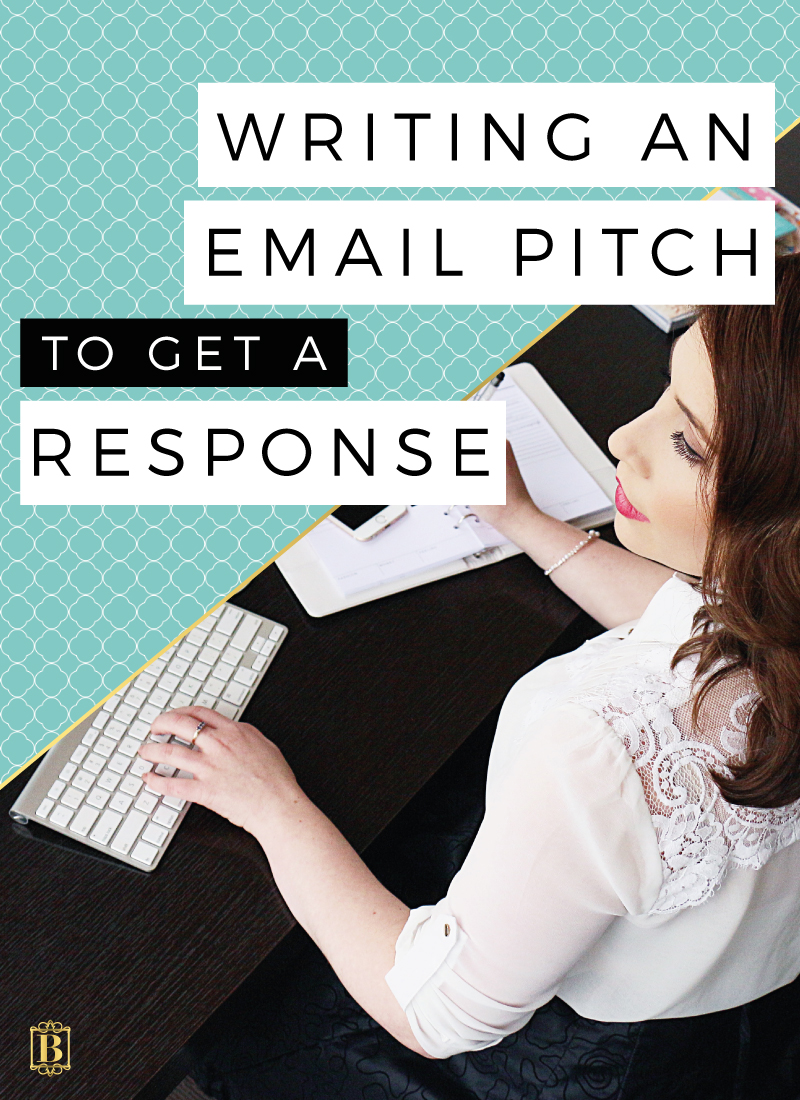
You're writing an email pitch. WELL DONE YOU! You are being extremely brave by reaching out to someone, putting your ideas on the line and ultimately taking that next step for you and your business.
You got to be in it to win it, right? Or as my partner's brother says "you gotta risk it to get the biscuit" - Thanks for the wisdom, Darren.
But what if you could craft your email pitch in such a way that getting a response is all but guaranteed?
RESEARCH AND PERSONALISATION
So you are emailing someone you barely know (or in most cases, you don't know at all). My number one tip is to research who the individual or organisation is, what they offer, sell or promise and what their values and beliefs are. Once you have a good idea of who you are talking to, really think of the email as talking to that person. You don't need to be professional to the point where you are robotic and if you email me, I want you to at least demonstrate you have looked at my website. Be friendly and approachable and make reference to all the cool things that you have learnt about the person you are speaking to. Call them by name if you can, otherwise address your email to the team as a whole.
A few things to think about that will demonstrate you did your research:
- Use the person or organisations name - don't just open with "Hey," - that's just lazy.
- Mention how you came across this person and be specific. For instance: "I follow you on Instagram and really love all the great quotes you put up, they are so inspiring!"
- If you are asking to be features, make sure you know the correct names of the blog series you are proposing for.
- Actually read the persons blog and make sure what you are offering is relevant.
KEEP IT SHORT AND SWEET
There also has to be a balance. Time is so limited and the people you are emailing are busy people. I know that I don't have time to read long winded proposals that are saying the same thing over and over again, so be concise and use your words sparingly.
Don't be afraid to break up emails with subheadings and numbered or dot pointed lists. Breaking up your email into consumable chunks is really helpful for the reader and at a glance they can tell exactly what your email is about and what you are proposing. Not only is it nice on the eye, but it also actually helps you. You don't have to work out clever ways to link your sentences together while trying to be clear and concise. Instead, you can focus on giving your reader all the info upfront. Make it easy for both you and the person you are sending your email pitch to.
ANTICIPATE THEIR QUESTIONS AND INCLUDE EXAMPLES
Here's a hint: if you make your reader do any work, they will most likely not do it. But if you offer them everything they need to process what you are proposing, chances are they will seriously consider it. Make sure you include working links to anything and everything you mention. Perhaps you are talking about a blog series you do - link it. Or maybe you are pushing a product in your proposal - link it and attach a photo. Make it as easy as you can for the person you are emailing to take you up on your offer.
I really like it when people anticipate my questions and you can even use these questions as subheadings in your email. For instance, you could answer questions like "Why me?" or "What makes my product unique" and always address that link between what you are offering and the person or organisation you are approaching: "How my product is perfect for your readers".
FOLLOW UP
The follow up is two fold. Firstly, give people time to respond. If you haven't heard back from a pitch in 3-4 days, it's acceptable to send a follow up email asking if they have had a moment to consider your offer but after that, leave it. Don't be a jerk and have respect that people are busy and give them enough time to schedule their response to you.
The flip side is that if someone loves your pitch and emails you back, make sure you act on the response immediately! This person has taken the time to respond to you and perhaps either ask you questions, take you up on your offer or even decline - either way, they deserve a response from you!
And in conclusion, one thing I would really like to highlight - don't send pitches via social media. Find the email address and pitch there instead. After all, first impressions last!
